Contents
Homework Due THIS CLASS
- Project #2: Pattern Mashup is DUE. Come prepared to present your inked Pattern Mashup to the class for critique.
- Submit Project #2 to the Ways of Seeing class blog. See Project #2 > Submitting Your Work for details.
- Contribute to the Visual Library. Consider adding an image that demonstrates Visual Rhythm.
Materials needed for THIS CLASS
- sketch book (9″x12″)
- graphite drawing pencils (6B, 2B, HB, 2H, 4H)
- eraser (magic rub, mars, gum or similar)
- a camera or camera phone
Visual Library (15 min)
Everyone should be participating. Let’s designate a facilitator and take a look at your new Visual Library posts with an eye on grid-based layouts and visual rhythm.
Group Critique
- Review the guidelines and vocabulary for Project #2.
- Copy the Comment Template onto a fresh page in your sketchbook.
- Place your work in whatever state of completion it’s in on the back table. Write your name on the back of your work.
- Take a post-it and write your name on it. Place it next to one of the other Pattern Mashups presented (ie: not your own).
- Using the Comment Template as guide, take 10 minutes to write a thoughtful critique of your peer’s good effort. Be thorough. Be helpful. If you have ideas about how the work can be improved or completed to meet the project guidelines, share them!
- Present your feedback to the group.
New Vocabulary Discussion
- Value: Signifies the relative differences of light and dark
- Achromatic Value: Value with the absence of hue (color).
- Grayscale: The full range of values simplified into a graduated scale.
- Narrow Value Range: When the values congregate around the dark, middle, or light part of the grayscale.
- Broad Value Range: When the values are spread over the dark, middle, or light part of the grayscale.
- Shadow: Dark area of an object as a result of a disruption of the light source.
- Highlight: Portion of an object that receives the greatest amount of direct light
- Contrast: Occurs when elements are unrelated or dissimilar in value, size, shape, etc.
- Chiaroscuro/Tenebrism: Forceful use of contrasting lights and darks, creating a dramatic mood.
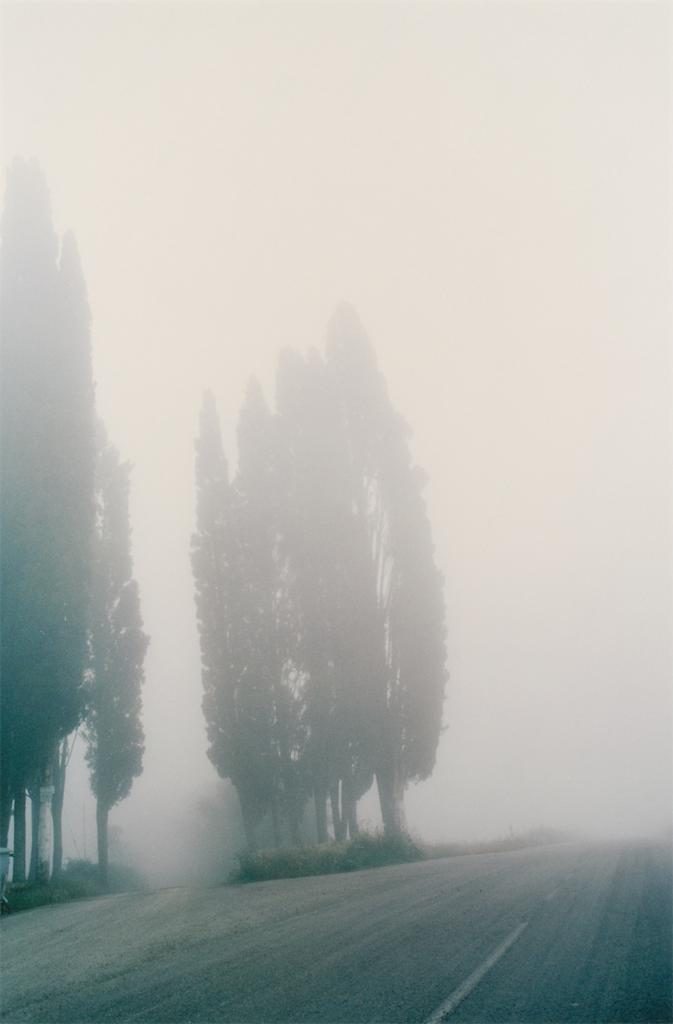
Joel Meyerowitz 
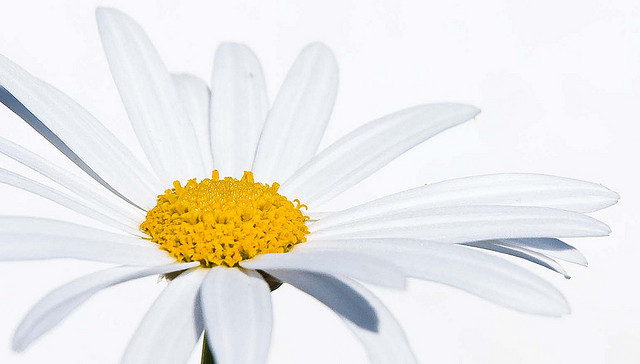
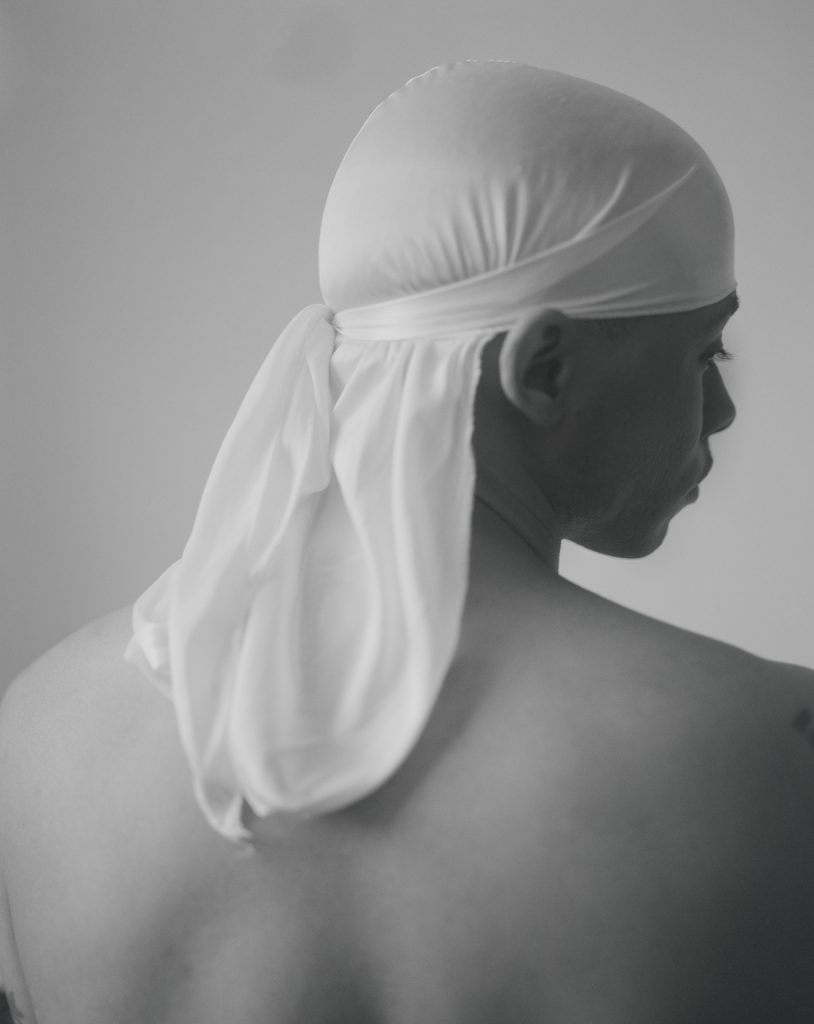
John Edmonds 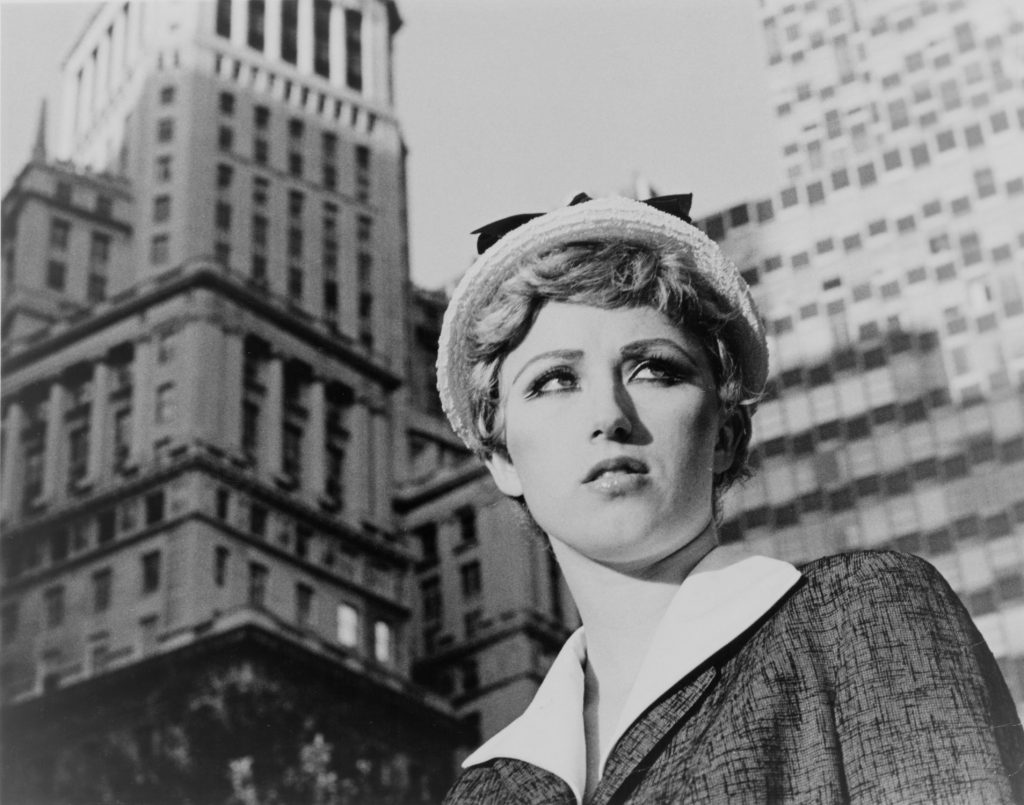
Cindy Sherman 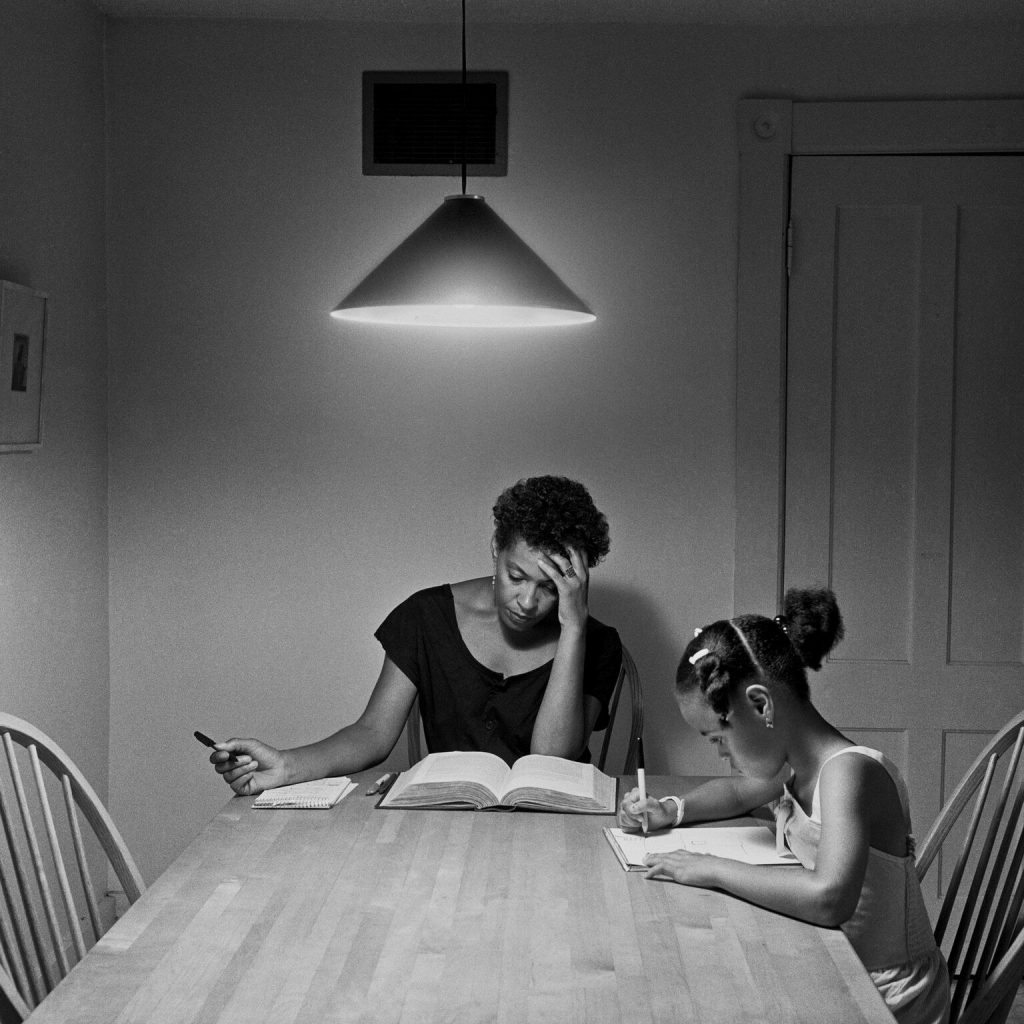
Carrie Mae Weems 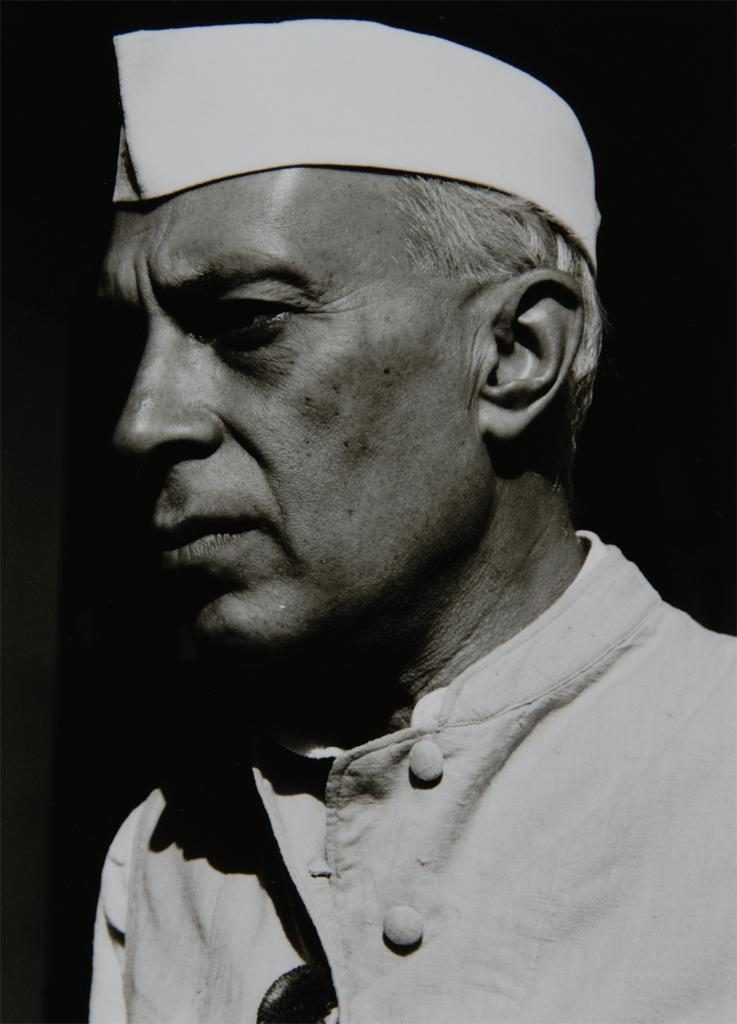
Dorothy Norman 
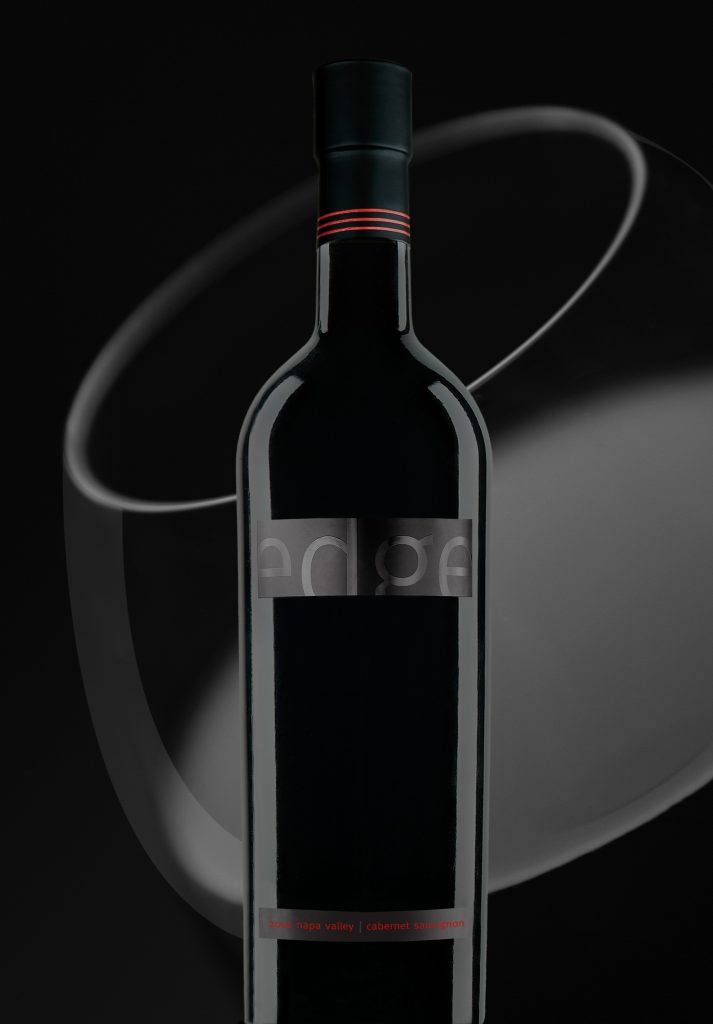
CF Napa- Edge Wine 
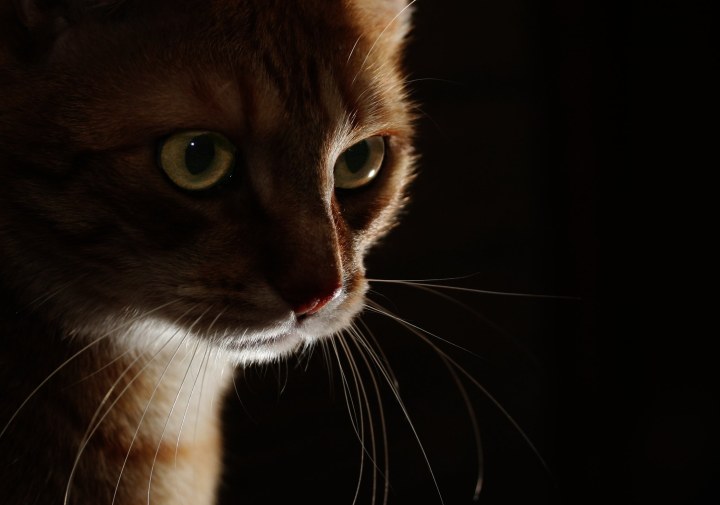
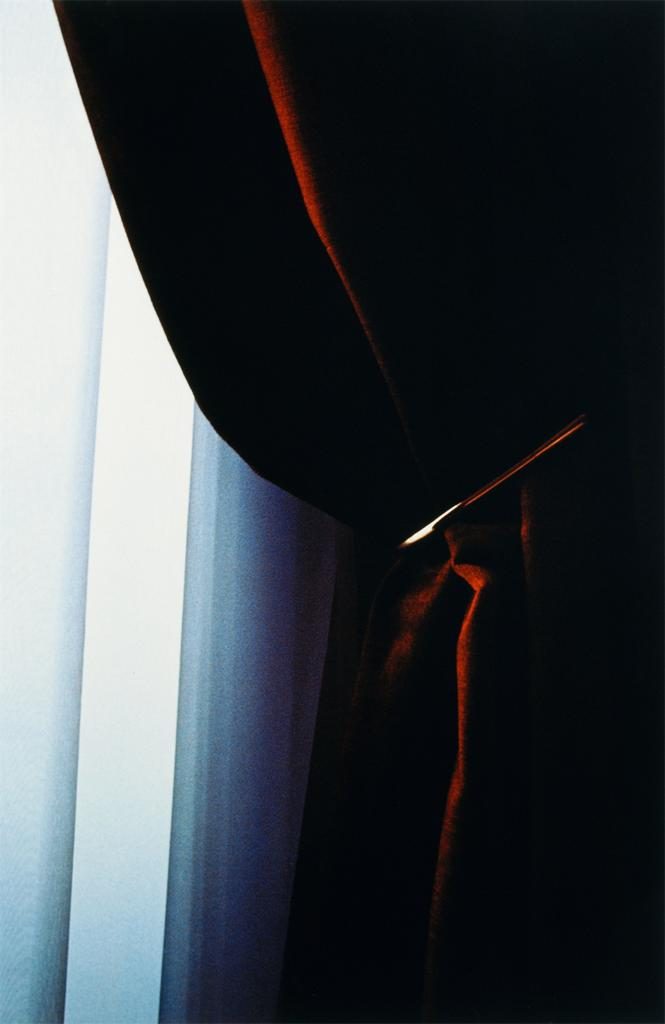
Ralph Gibson 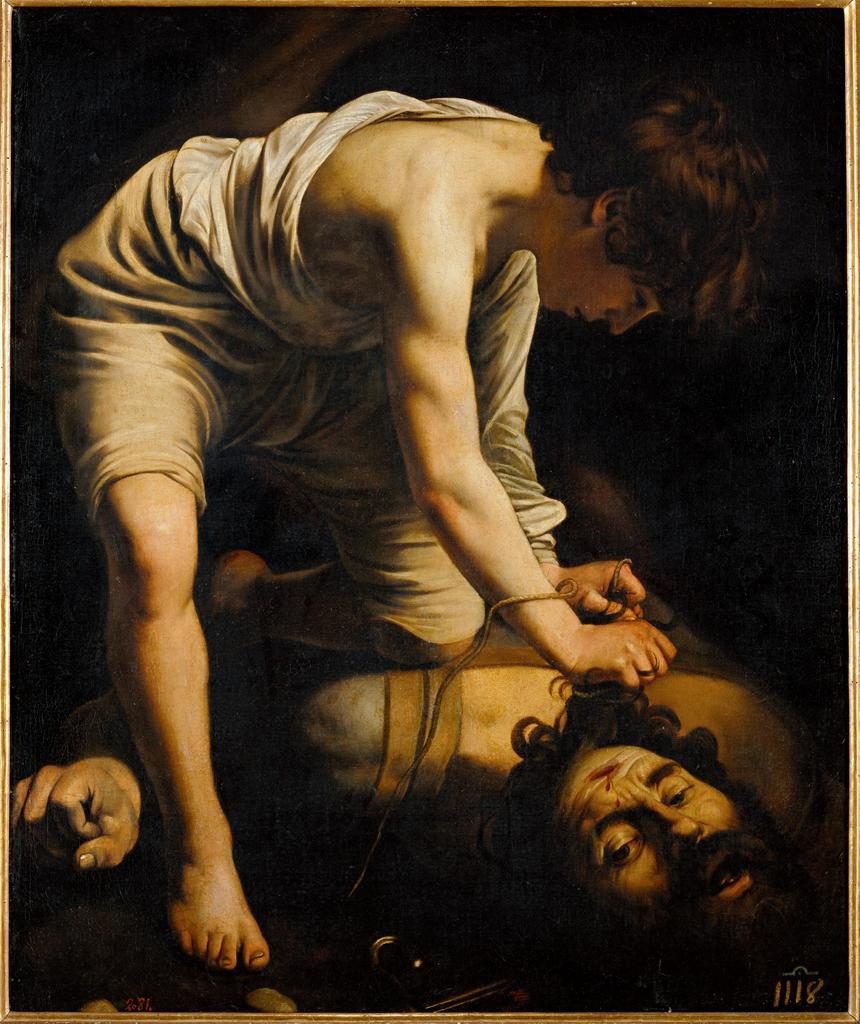
Caravaggio
LAB: Value Range Research
Hand Portraits
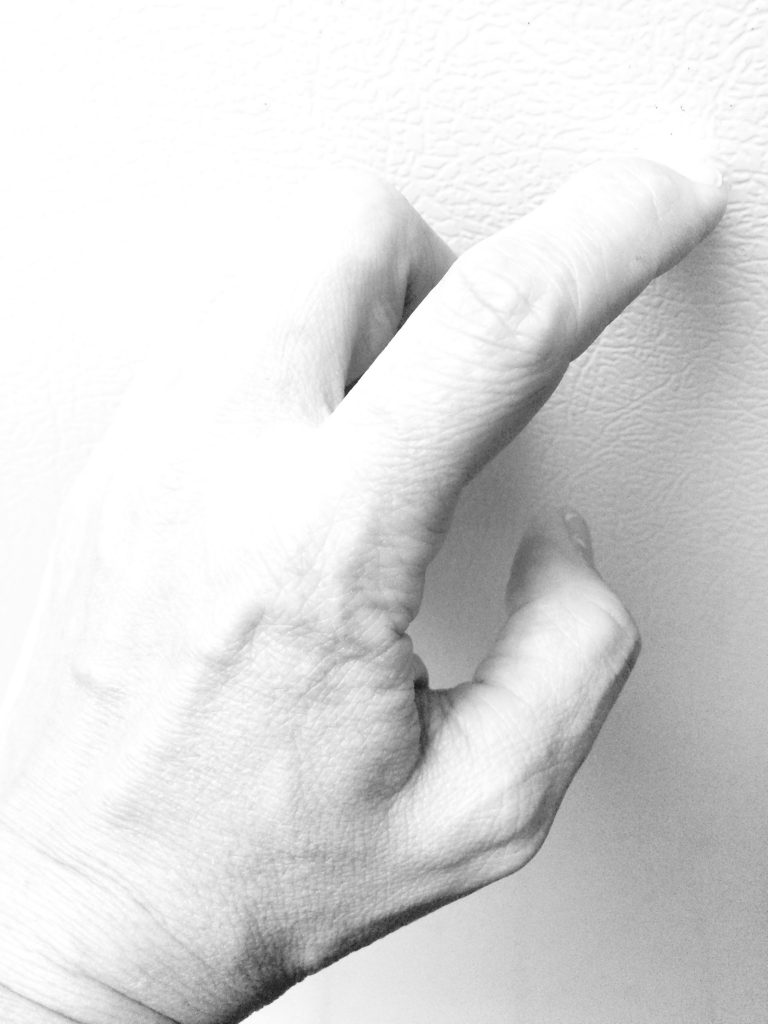
narrow value (light) 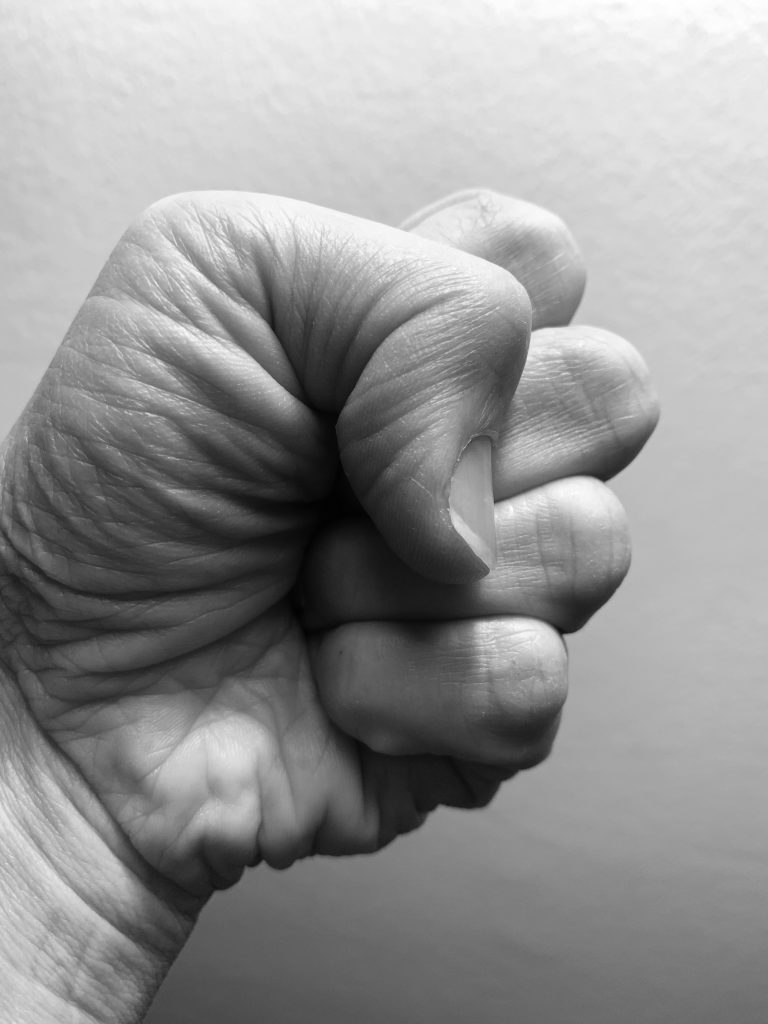
broad value 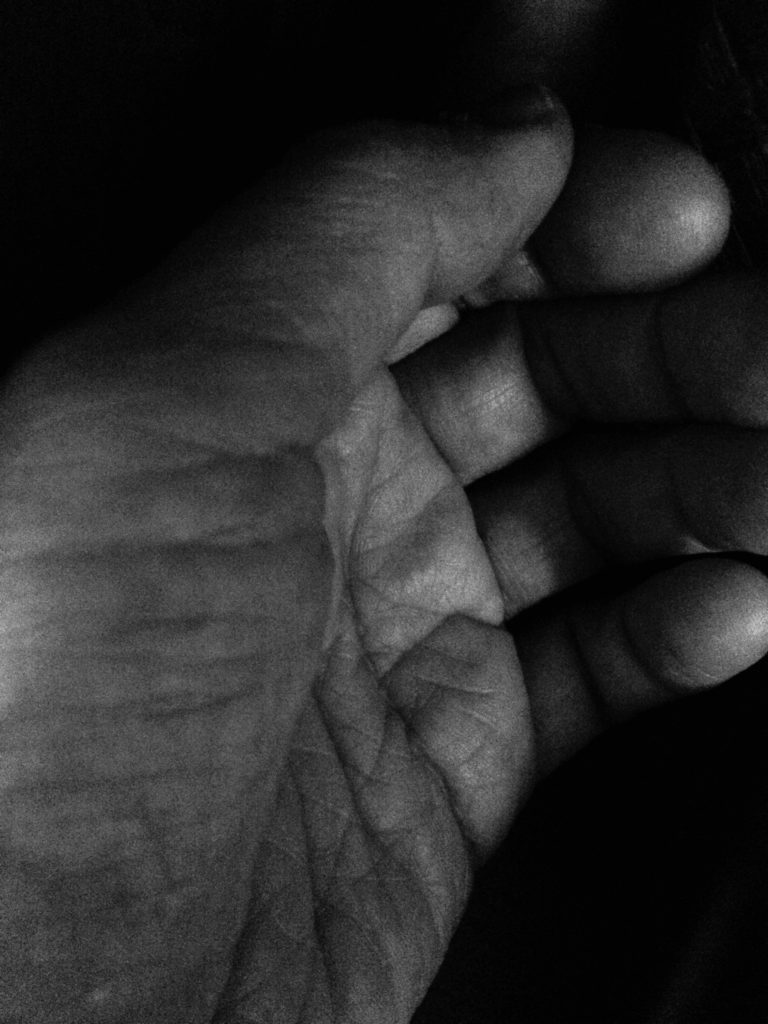
narrow value (dark)
- Using a camera or camera phone*, compose photographs of your hands with the following value ranges:
- (1) narrow value range / light – predominately light end of the grayscale
- (1) narrow value range / dark – predominately dark end of the grayscale
- (1) broad value range – spread across the grayscale (dark, middle, and light).
- If you have the ability to shoot with a grayscale, black & white, or noir filter, please do.
- Try to create an expression of feeling by how you hold your hand.
- Allow the value range: light, dark, broad to affect the mood.
Writing
- Designate a new section of your sketchbook and write ‘Value Range Research’.
- Compose a minimum 2-paragraph description, with specific references to your hand portraits, indicating how the value range sets the mood of the composition. Also notice how the forms in the composition create highlight and shadow relationships; some may be abrupt, others may have a gradation of value from light to dark.
- How does the contrast between light and dark contribute expressive quality (mystery, drama, success, joy, etc) of the compositions?
* If you don’t have a camera, please partner with another student who does.
Value Scale
Complete the Achromatic Value Scale using a range of pencils (2H-5B)
- On the handout provided, complete the four scales starting with 2-step (black/white) and ending with 9-step.
- Your 9-step value scale should have black, low dark, dark, high dark, mid-value, low light, high light, and white.
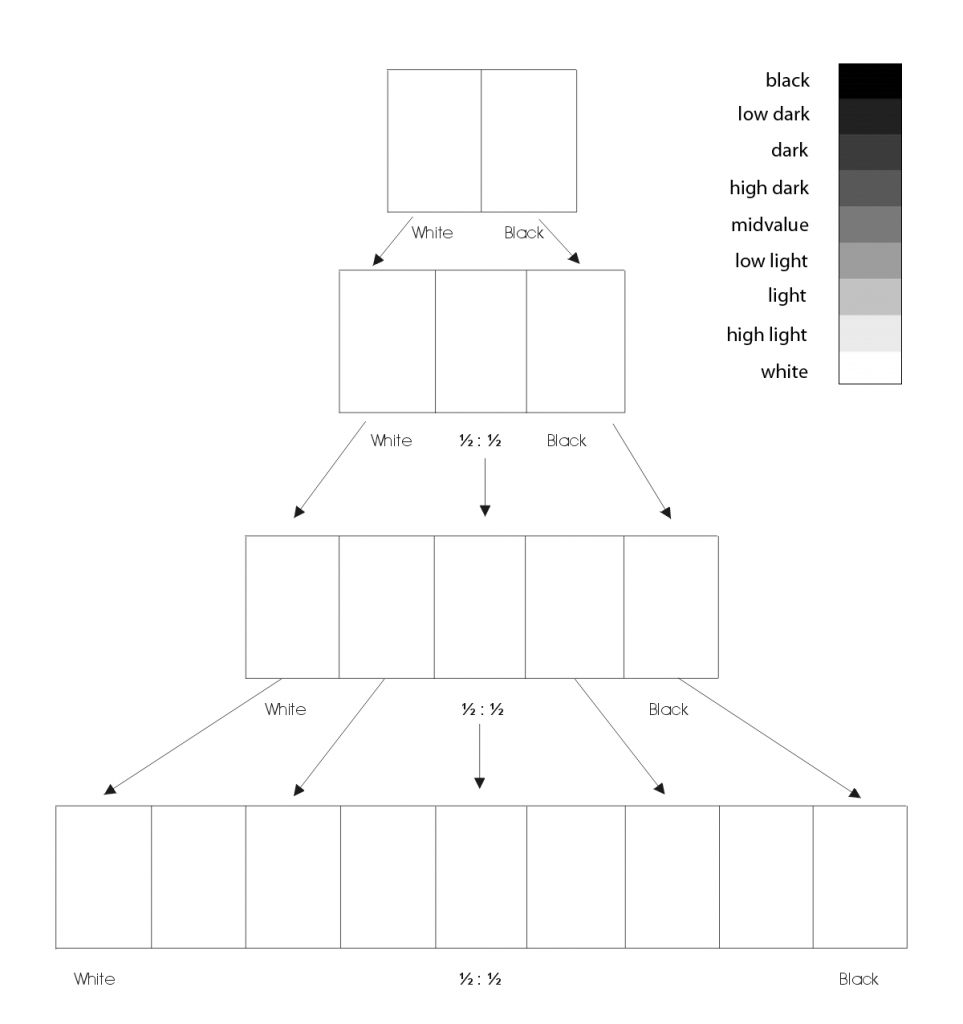
Homework Due NEXT CLASS (WEDNESDAY)
- Complete Value Range Research
- Post your (3) hand portraits to the Visual Library as a gallery. Include the tag: Value
- Finish your 9-step value scale in pencil and bring to class.
- Submit Project #2 with a Reflection and Feedback on another student’s work.
- See Project #2 > Submitting Your Work for details.
Materials needed for NEXT CLASS
- sketch book (9″x12″)
- graphite drawing pencils (6B, 2B, HB, 2H, 4H)
- eraser (magic rub, mars, gum or similar)
